Sequence Text Structure Cause and Efect Funny
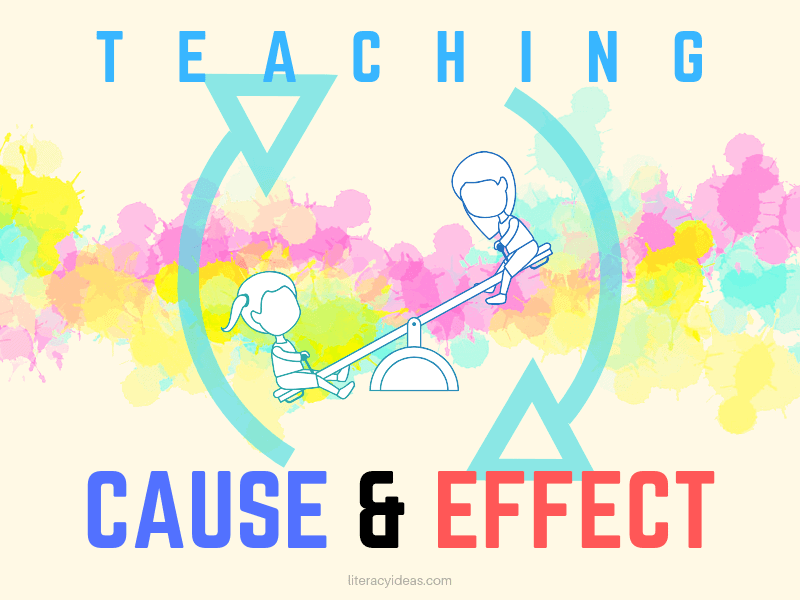
What is Cause and Effect?

Developing an understanding of how cause and effect inform the organisation of a text enhances a student's ability to fully comprehend what they have read. But, what exactly do we mean when we speak of cause and effect in relation to reading?
Cause is the driving force in the text. It is the reason that things happen. In essence, cause is the thing that makes other things happen. Effect refers to what results. It is the what happened next in the text that results from a preceding cause.
To put it concisely, cause is the why something happened and effect is the what happened. Cause and effect are important elements of a text that help the reader to follow a writer's line of thought, regardless of whether that text is fiction or nonfiction.
The concept of cause and effect relationships is so prevalent in our everyday lives that students are usually quick to pick up on them. They may already display a good implicit understanding of the concepts in their own reading and writing. However, the purpose of this article is to make that understanding explicit; to offer a range of strategies that will help students clearly identify the causes and effects that are woven throughout the fabric of the texts they will read.
A Word on Affect and Effect…
When teaching cause and effect be sure to take the chance to reinforce the difference between the noun 'effect' and the verb 'affect'. No matter how many times students are exposed to this distinction, a few will always manage to avoid learning it. Don't allow your students to be affected by ignorance of the difference any longer!

WHY TEACH CAUSE AND EFFECT?
Cause and effect in a piece of writing help the reader follow a coherent thread through the material. It also helps the writer engage in the writing process to organize and structure the information into a logical form such as a cause and effect essay.
In fiction, cause and effect help maintain plausibility in plotlines. While things may appear to happen 'out of a clear blue sky' in real life, in fiction there is almost always a reason (the cause) for the things that happen (the effect).
Whether fiction or nonfiction, cause and effect are arranged in such a manner as to show the connections between a result and the events that preceded it. It can be thought of as the 'problem – solution' order. It is not merely the staple of the English classroom either but has applications in areas as diverse as science, social studies, history, movies, and computer games etc.
A COMPLETE PREMIUM UNIT FOR TEACHING CAUSE AND EFFECT
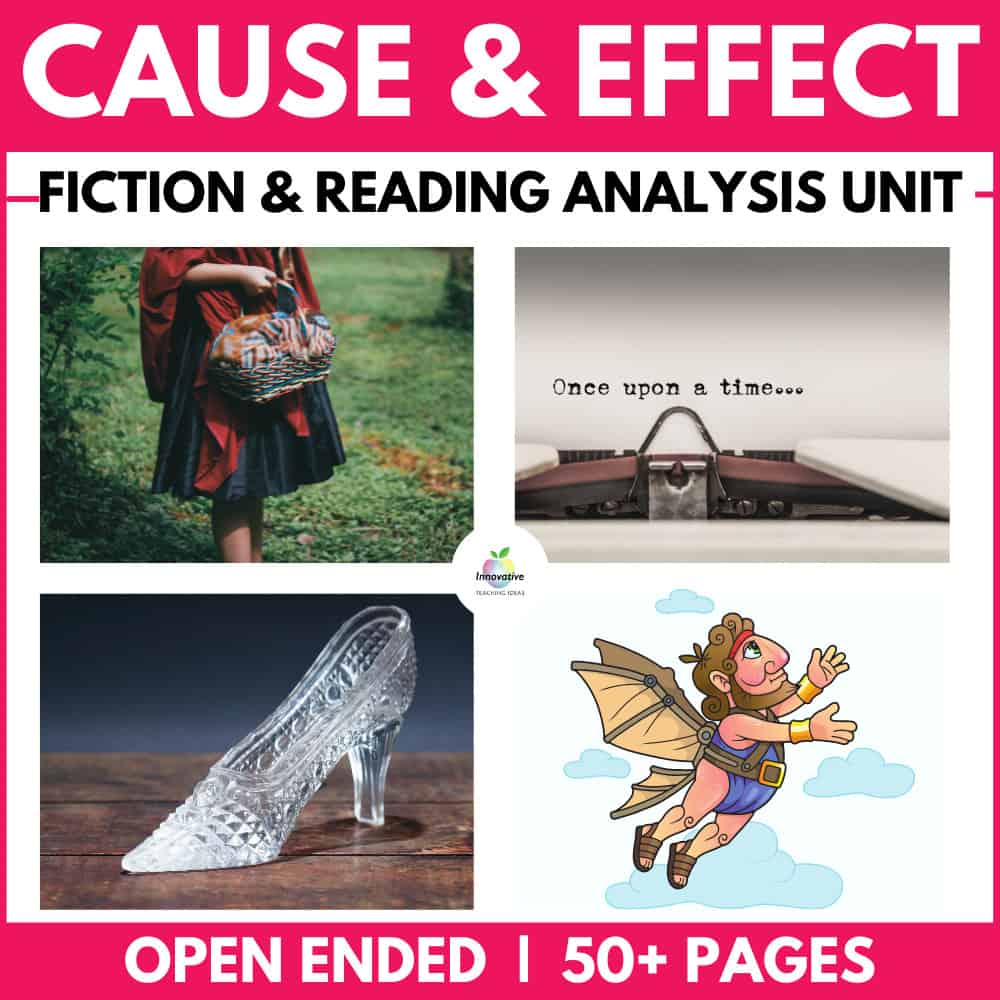
ThisCAUSE AND EFFECT UNIT incorporates several essentialELA SKILLS into anENGAGING, NO PREP sequence of reading lessons. Covering…
Signal Words and Phrases
Signal words, or transitions, are signposts that help guide the reader through the terrain of the writer's thoughts. They help connect the ideas in a text or the events in a story. Often they do this by answering implicit questions. In the case of cause and effect, these are the What? of the effect and the Why? of the cause. Different signal words can be used to indicate each. For example:
Cause (The Why)
- Because
- Because of
- Since
- As a result of
- As a consequence of
- Now that
Effect (The What)
- So
- Therefore
- This resulted in
- Consequently
- Hence
- Accordingly
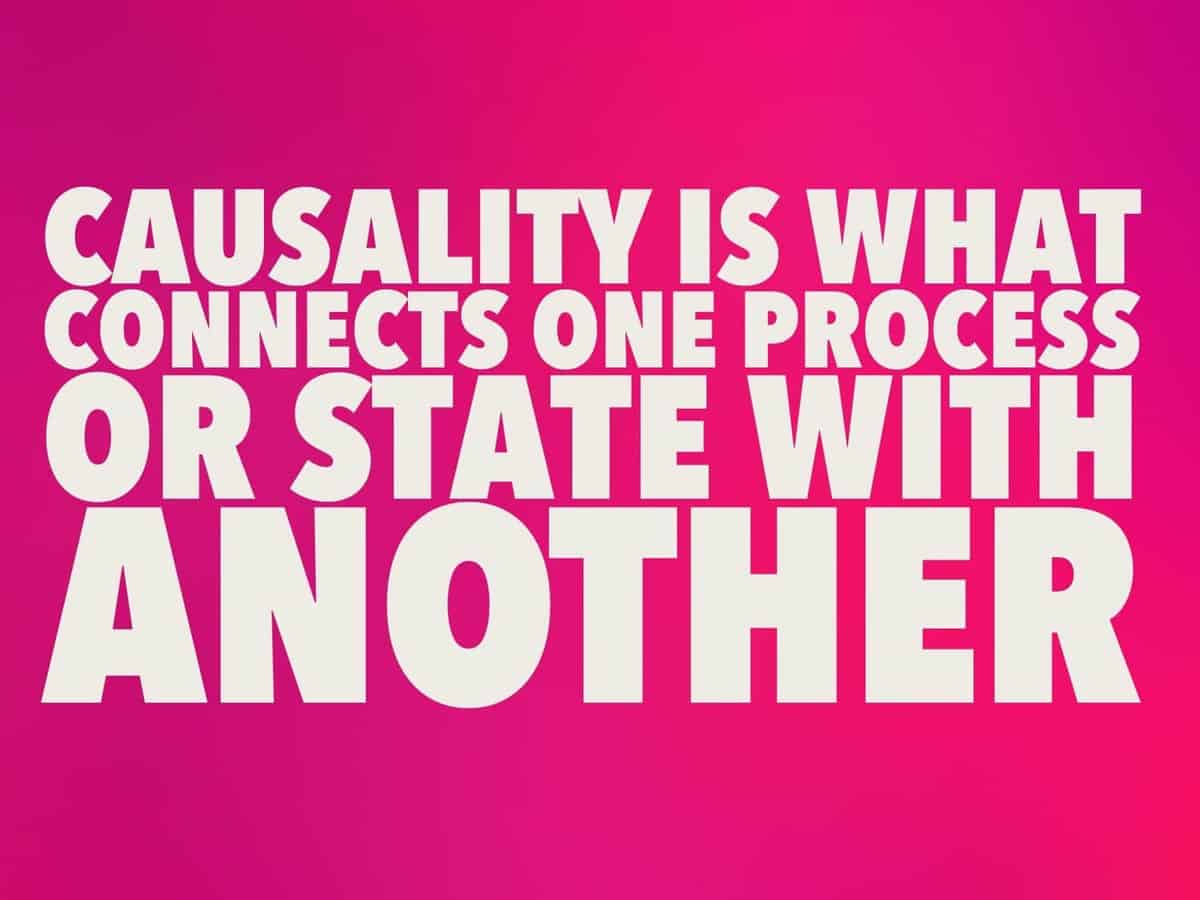
USING CAUSE AND EFFECT GRAPHIC ORGANIZERS

Graphic organizers can be a helpful tool to help students record cause and effect from a reading passage. Displaying this information visually aides students in identifying and analysing the underlying causes and effects in a series of events or processes.
Two forms of graphic organizer can be particularly useful in this role: The Cause and Effect Column Organizer and The Cause and Effect Chain. READ OUR GUIDE TO LITERACY GRAPHIC ORGANIZERS HERE
The Cause and Effect Column Organizer
This simple graphic organizer consists of two columns labelled cause and effect respectively. Students can record the cause in the left-hand column and the corresponding effect opposite in the right-hand column. This allows students to quickly see the cause and related effects and can serve as a useful study tool to review material.
THE CAUSE AND EFFECT CHAIN
The Cause and Effect Chain is a simple graphic organizer consisting of a series of sequential boxes joined by arrows. Students record events in the boxes to display the relationships between them. As one event occurs we can trace the subsequent event it causes easily. In this way, students can also visually comprehend how effects themselves become causes.
Graphic Organizers for Complex Events
Graphic organizers can also be useful to display complex relationships between events where an event has more than one cause or effect. Students simply add more arrows and boxes to display the relationships between different events. As students become more experienced and sophisticated in their approach, they will be able to tailor individual graphic organizers to meet the needs of the specific reading material they are engaged with.
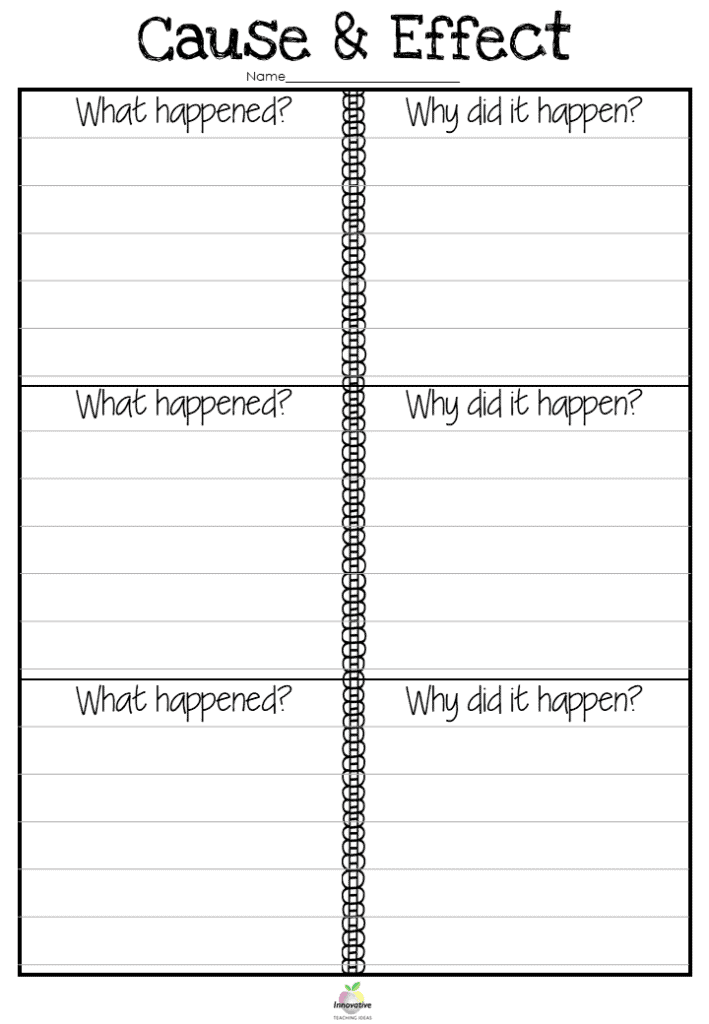
101 DIGITAL & PRINT GRAPHIC ORGANIZERS FOR ALL CURRICULUM AREAS

Introduce your students to 21st century learning with this GROWING BUNDLE OF 101 EDITABLE & PRINTABLE GRAPHIC ORGANIZERS. ✌NO PREP REQUIRED!!!✌ Go paperless, and let your students express their knowledge and creativity through the power of technology and collaboration inside and outside the classroom with ease.
Whilst you don't have to have a 1:1 or BYOD classroom to benefit from this bundle, it has been purpose-built to deliver through platforms such as ✔ GOOGLE CLASSROOM, ✔ OFFICE 365, ✔ or any CLOUD-BASED LEARNING PLATFORM.
what is a cause and effect? And how to teach it.

Teaching cause and effect begins with defining both terms clearly for the students. Once that is done, students should then be offered ample opportunity to practice this strategy in discrete lessons. These practice sessions should utilize a wide range of reading material in a variety of genres and of various complexities.
The following is a useful template to follow when planning cause and effect focussed lessons in a whole class context.
- To begin, provide students with an overview of the story detailing the main events. Then, introduce the appropriate graphic organizer for the reading material chosen.
- While reading a text with the class, have students identify the key events or actions in the story.
- Next, students work to determine whether each event or action is a cause or an effect.
- Finally, students record each of the events or actions on the graphic organizer.
Depending on the ability of the students and the sophistication of the text, you may find it appropriate to make links with inference strategies here too.
As a post-reading activity, you may also wish the students to form smaller groups to compare their findings and discuss the reasons for their decisions.
If X, Then Y: Some More Activities for Teaching Cause and Effect
As with all the various reading comprehension strategies, becoming skilled in this area takes time and practice – lots of practice! The following activities will help students practice their cause and effect chops. While it is important to provide opportunities for students to learn about cause and effect in discrete lessons, further opportunities to reinforce their understanding will arise in all sorts of lessons. Be sure to take advantage of those opportunities too.
Cause & Effect Cards Activity
Write a series of causes and their related effects on playing-card sized paper. You can select the causes and effects you use for this activity from a recent story you have worked on together, or a process students have been studying in class – thereby reinforcing that learning, as well as the cause and effect reading comprehension strategy itself.
Shuffle the deck of cause and effect cards and then, in groups, have the students play the popular card game 'Snap' where a student wins a hand by recognising a matching pair of cause and effect cards and claims them by shouting "Snap!" This simple activity will help students recognize the relationships between events quickly and can be easily differentiated for the varying abilities in the class too. To save on prep time, why not ask students to fill out the cause and effect cards themselves from the information they have recorded on their graphic organizers from a previous activity?
Signalling Cause and Effect Activity
This activity works very well for identifying the cause and effect within a single sentence or a few connected sentences. Students find the cause and the effect within a sentence in a reading passage or from a list of example sentences provided by the teacher. Students then record the cause and the effect for each sentence onto a worksheet (or underline them in the text). They can also identify any signal words and phrases that connect the two and record those on their worksheet too.
This activity is effective in helping students recognize the patterns of cause and effect as they are displayed in various sentence structures. It offers students opportunities to familiarize themselves with the various possible transitions in cause and effect sentences. This activity can be easily adapted for use with paragraphs and longer extracts too.
In Effect…
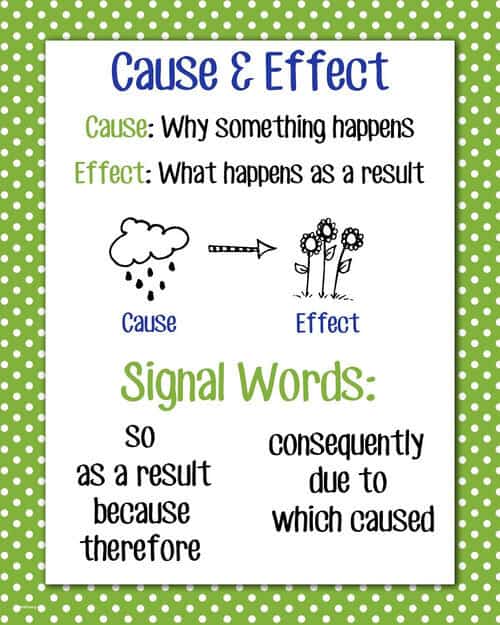
There is no doubt that students must develop their skills in applying this essential reading comprehension strategy to a wide variety of reading material if they are to become effective readers. To do this, they must have a clear understanding of how the concepts of cause and effect are defined in a range of contexts. This can only be achieved through practice. Students should gain experience in identifying the events in a story and then learning to categorize them as either cause or effect. This will not always be a straightforward classification and may require students to draw on other reading strategies to perform this successfully, particularly the skill of inference.
Students should also be encouraged to further understand how cause and effect not only enhance our understanding of a text, but allows for information to be organized strategically in a coherent manner that will help with later recall. This understanding can be leveraged as a useful study skill that will reap considerable benefits for the student in all other areas of their studies and beyond. Now, that's an attractive side-effect for sure!
cause and effect anchor charts and cause and effect diagrams like this are great classroom resources to tap into before writing a how to write a cause and effect essay and understanding a cause-and-effect relationship.
CAUSE AND EFFECT TUTORIAL VIDEO
OTHER GREAT ARTICLES RELATED TO CAUSE AND EFFECT
The content for this page has been written by Shane Mac Donnchaidh. A former principal of an international school and university English lecturer with 15 years of teaching and administration experience. Shane's latest Book the Complete Guide to Nonfiction Writing can be found here. Editing and support for this article have been provided by the literacyideas team.
Source: https://literacyideas.com/teaching-cause-effect-in-english/

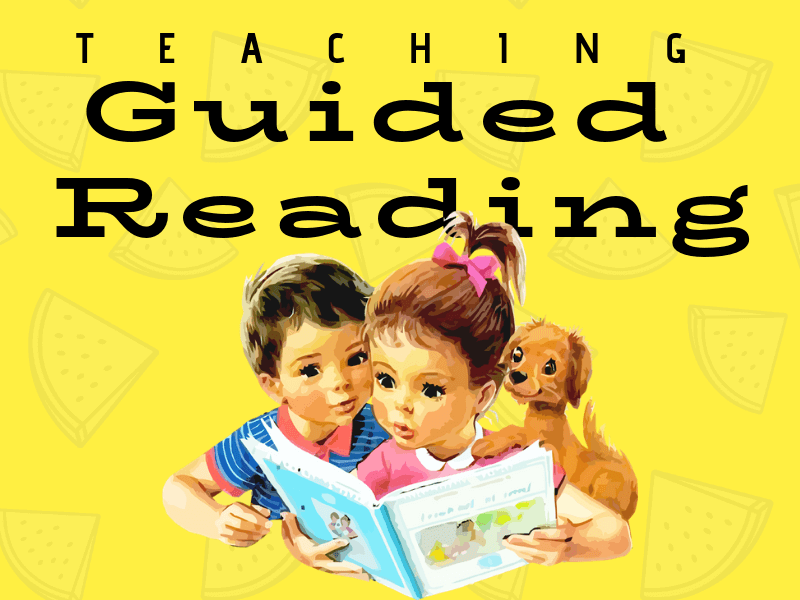
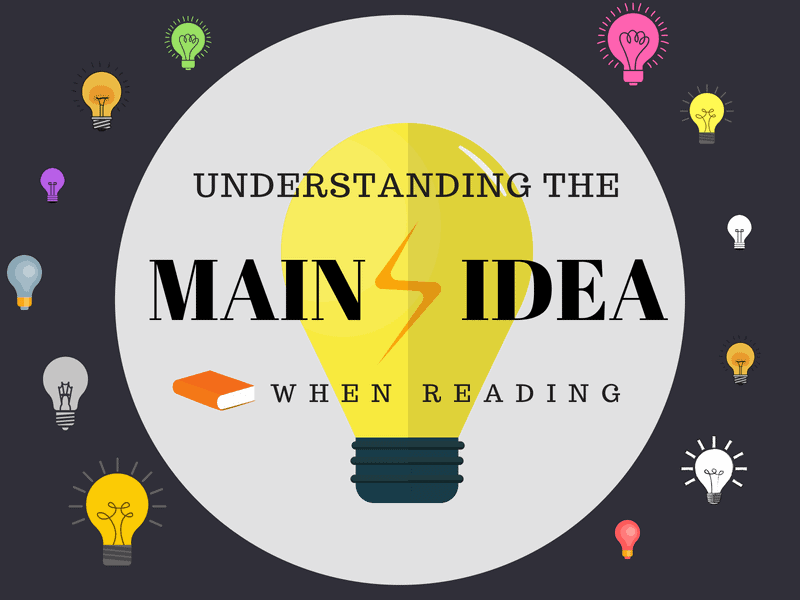


0 Response to "Sequence Text Structure Cause and Efect Funny"
ارسال یک نظر